A surprisingly wide range of products — household appliances, auto parts, chemicals and passenger vehicles — get loaded into shipping containers at the Jiangsu (Suzhou) International Railway Logistics Center in Suzhou, East China's Jiangsu province, for export to Europe through the China-Europe freight train service.
The goods are destined for Budapest, Hungary. Many reach warehouses of Chinese companies there. After arrival, they will be distributed to other Central and Eastern European countries.
This approach is a far cry from the one adopted by MNCs in China. Three or four decades ago, MNCs such as the German industrial conglomerate Bosch Group and the United States-based consumer goods giant Procter &Gamble initially set up offices in cities like Shanghai and Guangzhou to test the market before investing significant amounts to build factories in China. For Chinese exporters looking to grow their businesses abroad, however, such a cautious approach does not work well now.
Driven by big data solutions, the fast-growing trade volume generated by the Belt and Road Initiative, cross-border e-commerce and Chinese companies' industrial upgrades, many of them have invested directly in overseas warehouses. This strategy allows them to compete more effectively with both domestic and foreign rivals.
For instance, Xuzhou Weijia Light Industry Co Ltd, a Xuzhou, Jiangsu province-based garment and suitcase manufacturer, has established an overseas warehouse in Rio de Janeiro, Brazil, enabling the transshipment and distribution of products overseas.
This move fully leverages the role of overseas warehouses in smoothing the foreign trade supply chain, allowing more products made by other export-oriented companies in Xuzhou to continuously reach the Brazilian market as well as other neighboring markets in South America.
Overseas warehouses have also become a crucial solution to deal with the disruption of the global supply chain and fluctuations in international shipping costs during the peak season.
These facilities, essential to the cross-border logistics supply chain and serving as intermediary hubs for Chinese goods, help ensure logistics stability and bolster supply chain resilience.
By shipping goods in bulk to overseas warehouses, companies can benefit from lower shipping costs per unit. Moreover, local storage reduces the need for expedited shipping, which is often more expensive.
Therefore, investing in overseas warehouses allows companies to control inventory storage and management, enabling them to respond quickly to changing market demands and fluctuations in customer preferences. This flexibility can lead to better sales performance and market penetration.
There are three main types of overseas warehouses: third party-operated overseas warehouses, overseas warehouses managed by e-commerce platforms and self-operated overseas warehouses run by companies themselves.
Large business groups often build their own overseas warehouses. This allows the company concerned to have complete control over inventory management and logistics processes, and it can quickly adjust inventory and shipping strategies based on market demand.
For small and medium-sized enterprises, third-party operated overseas warehouses and overseas warehouses managed by e-commerce platforms are more suitable and cost-effective.
Cross-border e-commerce is a new business model in foreign trade driven by technological innovation, actively utilizing new technologies, adapting to new trends, and cultivating new drivers of growth. It synergizes with new foreign trade infrastructure like overseas warehouses, reducing intermediate links.
This approach helps optimize the structure and stabilize the scale of foreign trade, fosters new advantages in international economic cooperation, and has become a vital force in the development of China's foreign trade.
According to data from the Ministry of Commerce released in mid-June, the number of Chinese overseas warehouses exceeds 2,500, covering a total area of over 30 million square meters. Of these, more than 1,800 are specifically dedicated to serving the needs of cross-border e-commerce, with a combined area surpassing 22 million sq m.
In June, the Ministry of Commerce, along with other government branches, introduced targeted policy measures to advance the construction of overseas warehouses through a market-driven approach. These measures emphasize encouraging private sector participation to support businesses in the overseas warehouse sector.
















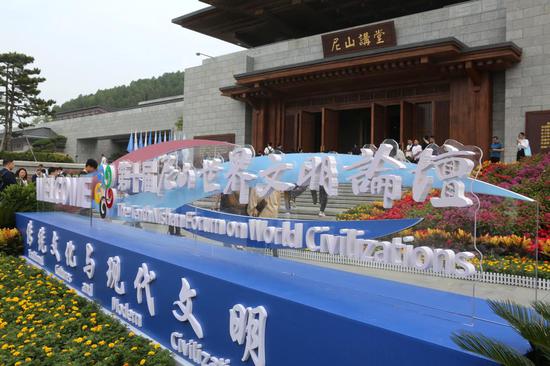






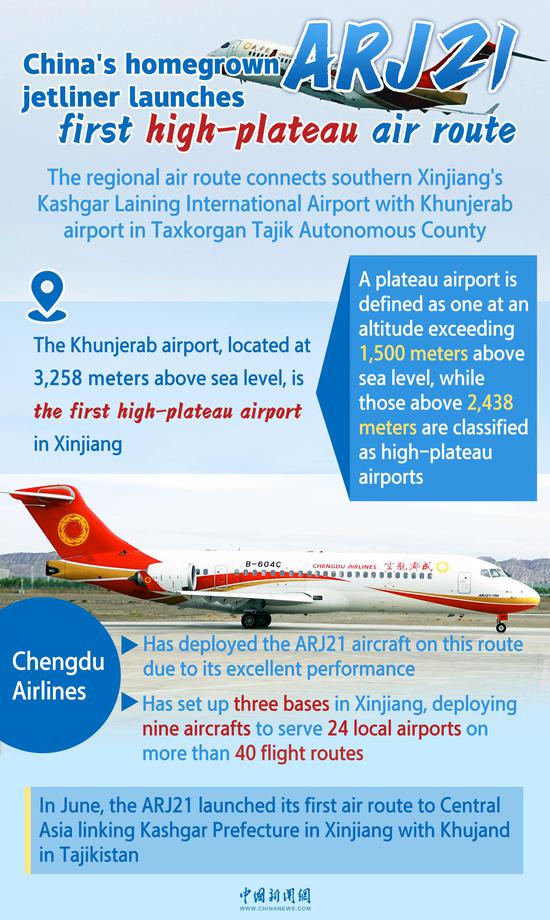


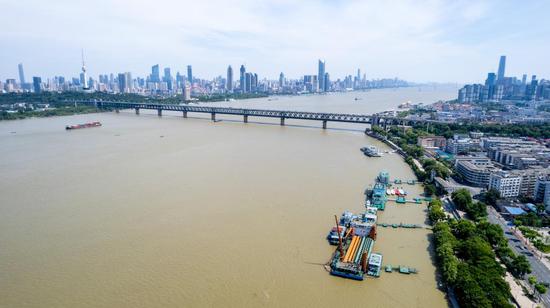





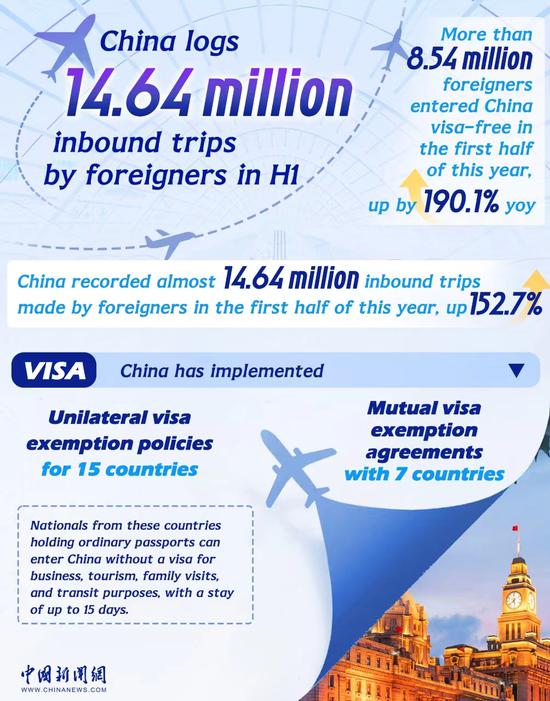







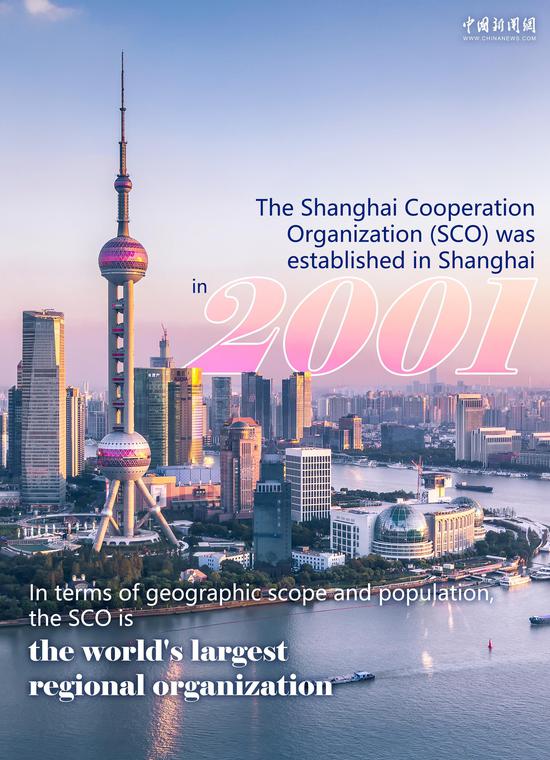


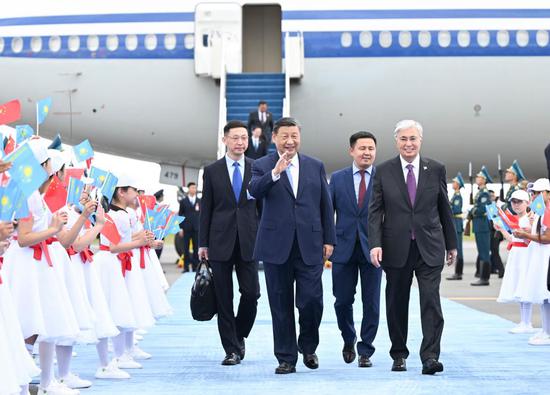






 京公网安备 11010202009201号
京公网安备 11010202009201号